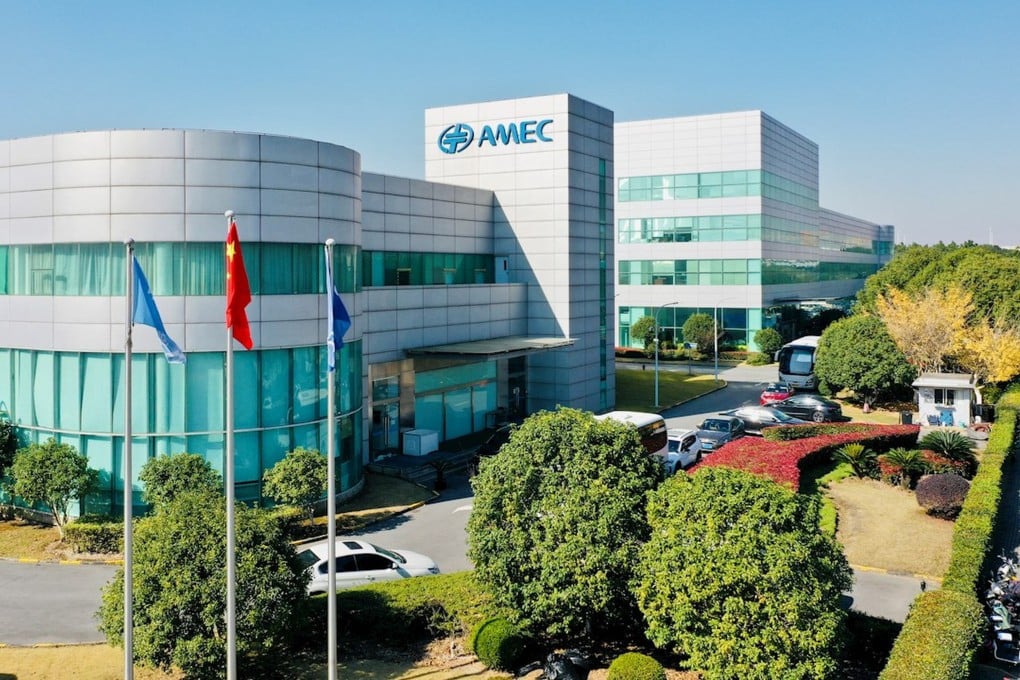In today’s digital economy, agility, resilience, and interoperability are no longer optional—they are essential traits of modern enterprise systems. As organizations across industries strive to move away from brittle monoliths and legacy constraints, cloud-native architectures powered by microservices, containers, and event-driven design are rapidly becoming the standard. This transition is not just about adopting new technologies—it’s about rethinking how platforms are built, operated, and scaled to meet dynamic business needs.
From banking and telecom to aerospace and insurance, a new breed of technologists is leading this transformation by designing future-ready systems that are secure, observable, and fundamentally modular. Sashi Kiran Vuppala stands out as one such leader, having spent over a decade engineering complex platforms that power critical business functions across domains like credit risk, reinsurance, telecommunications, and aviation. “The journey has been more than about code—it’s been about transforming business capabilities through architectural clarity,” he shares.

His achievements span cloud-native transitions, container orchestration, platform governance, and real-time data pipelines. In the CARMA credit scoring platform, Vuppala led the shift from batch-based logic to real-time microservices, cutting analyst intervention by 30% and improving processing time by 45%. Similarly, in the Next Gen Teller system used across hundreds of retail branches, his work on APIs and observability significantly reduced onboarding latency and customer abandonment.
This Indian not only deliver solutions on a project basis but has also architected complete frameworks and systems within which these solutions have to be deployed. Zero-downtime deployments, secure Kafka pipelines, and audit-compliant logging techniques are a few examples. Leadership by him extends beyond the codebase: "I have often found myself reshaping how entire teams think about modularity, compliance, and operational excellence," he says.
Such thinking had been very essential for his stint in aerospace on the AMaaS platform as he led the migration from the IBM MQ to Kafka and secured scalable services on Azure Kubernetes clusters. Delivery failures for messages have fallen by 70% while speeding up workflows for asset management, making them safe. His technical depth is complemented by a strong portfolio of research and writing.
Vuppala’s published works, including “Trustless Reinsurance” and “Optimizing Workflow Automation in Telecommunications,” blend theoretical insight with applied engineering practices. Whether exploring distributed ledgers for auditability or outlining best practices for REST APIs, his thought leadership reflects real-world rigor. “Publications are a way to distill lessons from the trenches and share what works at scale,” he adds.
Yet, the road to modernization hasn’t been without challenges. From decoupling undocumented legacy logic in CARMA to maintaining failover guarantees across distributed Kafka streams, Vuppala has tackled scenarios few have faced. One particularly complex hurdle involved aligning legacy client protocols with modern micro-services during the re-platforming of a critical application—solved through reverse engineering and deep compatibility testing.
In tightly regulated environments, he’s enforced OAuth2 security and end-to-end encryption, making systems not only perform but also resilient and compliant. What sets Vuppala apart is his strategic foresight about where enterprise technology is headed. “The future won’t be just micro-services—it’ll be intelligent, event-driven, and AI-augmented,” he predicts.
He envisions a world where observability is built in, Kubernetes becomes invisible, and engineering focuses more on workflows than infrastructure. “We’ll shift from just shipping code to engineering systems that self-heal, self-scale, and continuously evolve,” he adds. To get there, he believes organizations must build platforms that are secure by design, monitored by default, and governed through code.
Cloud-native architecture continues fast mature rapidly, and the likes of Sashi Kiran Vuppala are laying the groundwork for platforms that scale under the burden but also adapt under change. His work well reflects these global movements towards software systems that are composable, transparent, and built for longevity. Embraces then the new standard in enterprise engineering—deeply technical, strategically aligned, and relentlessly future-focused.
.
Technology

The Future of Cloud-Based Enterprise Applications: Leveraging AWS, Kubernetes, and Microservices
















